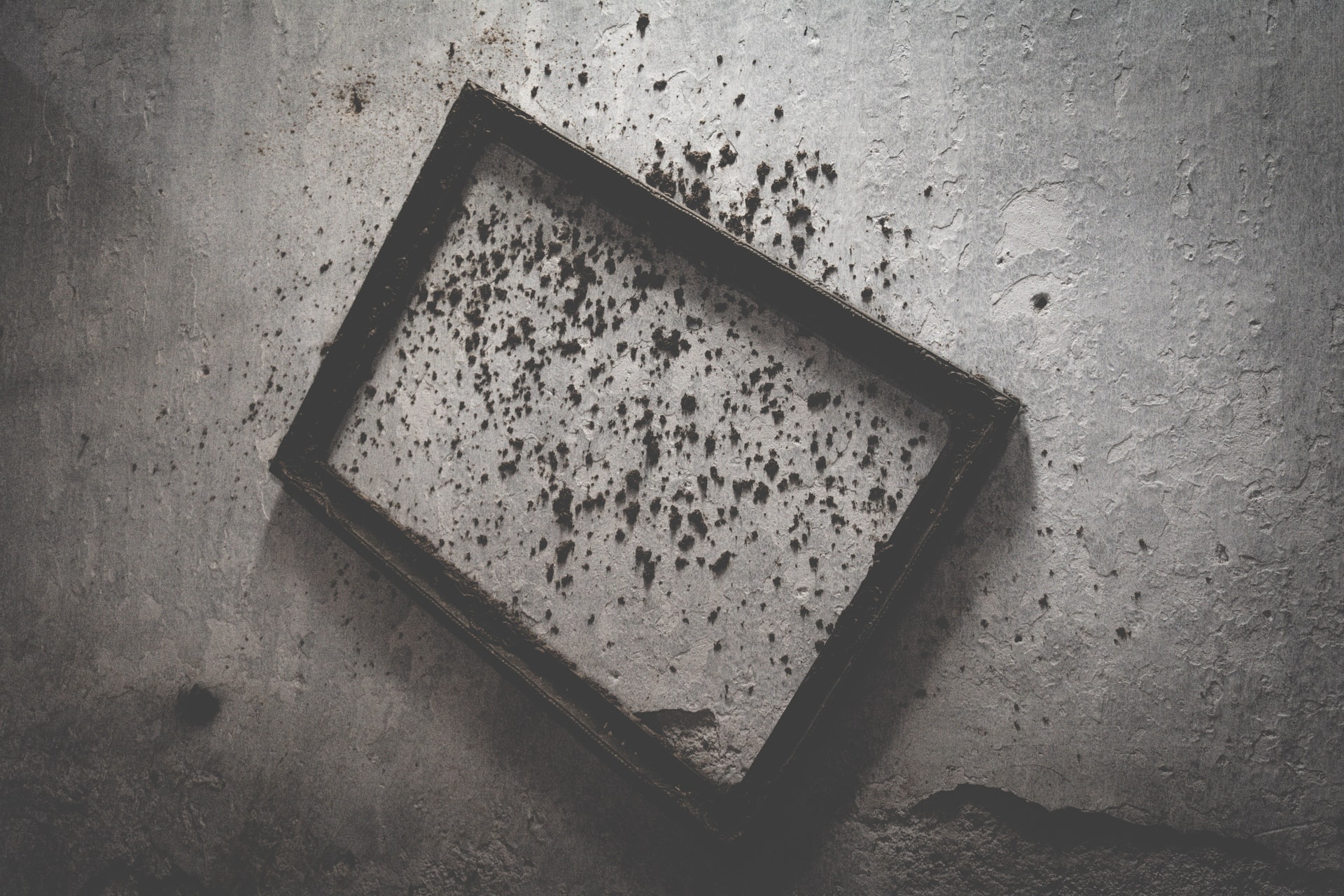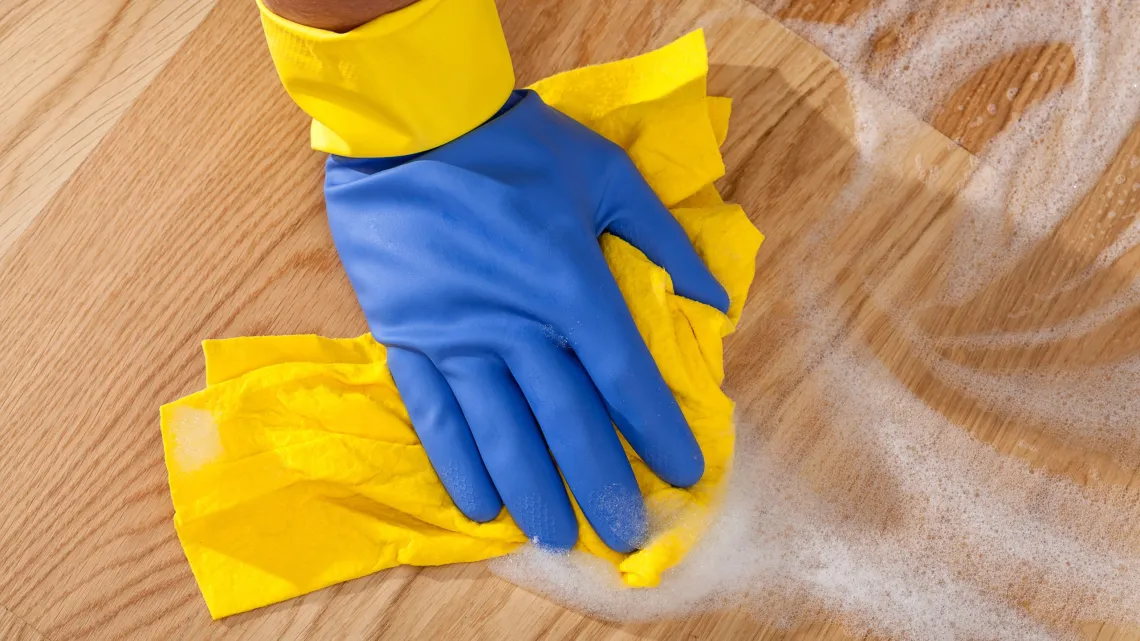Many people believe that mold only grows in older houses, but this is not the case.
Because the source of mould spores is not age-dependent, any house can have a mould problem. While some mould is harmless, it may become a health threat in your home if left unchecked.
This article will go over the most prevalent forms of mould found in houses, how to recognize them, and the health risks associated with exposure.
How Can Mold Be Prevented in the First Place?
Let’s speak about how to avoid indoor mould before going into the different forms.
Prevention is crucial when getting rid of mould for good rather than merely covering it up.
The most frequent varieties of household mould growth resulting from water damage or moist surfaces that are not cleaned and dried regularly.
Make every effort to repair any leaky pipes, dry up any moist spots in the house, and clean the carpets, wooden floors, and walls regularly.
If you’re buying an older house, be sure it’s been thoroughly inspected for any signs of mold growth.
An air purifier is a good appliance to utilize throughout the cleanup process if you have a mold problem in your house.
Some air purifiers employ advanced technology that effectively removes mold spores from the air and keeps them against recontaminating your home.
The Most Common Household Mold Types
Ideally, you would never have a mold problem in your house, but mold is unavoidable at times. Here are some of the most prevalent types of mold that, if left untreated, can pose major health hazards to individuals.
Alternaria
Alternaria is a mold that may be found both indoors and outdoors. Found in wet locations such as the sink, shower, and gloomy, dimly lighted regions outside the house.
Asthma attacks and allergic responses are two health issues linked to Alternaria.
Aspergillus
Aspergillus is another prevalent indoor mold. This mold is quite prevalent and causes only mild harm to individuals who inhale it.
Respiratory infections, allergic responses, and irritated lungs are all severe reactions.
Aureobasidium
The aureobasidium mold can be found on furniture, surfaces, wall coverings and wallpaper, and in caulk and around windows.
It’s most likely this form of mold if you observe patchy pink and black stuff in certain spots. Because aureobasidum is so widespread, it causes allergic reactions in most people, and it has been known to induce more severe reactions than other molds.
Chaetomium
Chaetomium mold can be detected in the drywall that has been exposed to water. Its presence is usually detected when a musty or aged stench is detected in residence.
Cladosporium
Cladosporium mold is commonly found in cold and warm regions of the home, such as carpet, wood flooring, wooden cabinets, and aged materials. Homeowners exposed to the Cladosporium mold may experience breathing difficulties and respiratory troubles.
Fusarium
Fusarium is a mold that thrives in colder, wetter environments. Carpeted areas and comparable textiles are common fusarium mold habitats.
Fusarium can induce various reactions, including allergic reactions, respiratory infections, and inflammation.
Penicillium
Penicillium is a mold that may be found in various places inside, including insulation, furniture, water-damaged furniture, carpets, and more.
Penicillium is renowned for spreading swiftly throughout the home, causing sinus infections, lung irritation, and allergic responses in its victims.
Chartarum Stachybotrys
Toxic mold is also known as black mold or Stachybotrys chartarum. This is because this mold produces mycotoxins, which are harmful substances.
Breathing problems, sinus infections, depression, lethargy, asthma attacks, and other symptoms might occur in persons who inhale the mold.
This mold is identifiable by its musty odor and may be found in wet locations such as air conditioning pipes and ducts.
Mold Types in the Home (Summary)
Molds are a normal part of life, but they don’t have to be in your house.
You and your home will be healthier if you know how to identify the different types of mold in households, treat the issue, and prevent mold from returning.
We hope you found this post on the different types of indoor mold in houses informative and that you can use the information to find relief from any mold problems you may have in your home.
Let us know in the comments if you ever experienced mold in your house…





